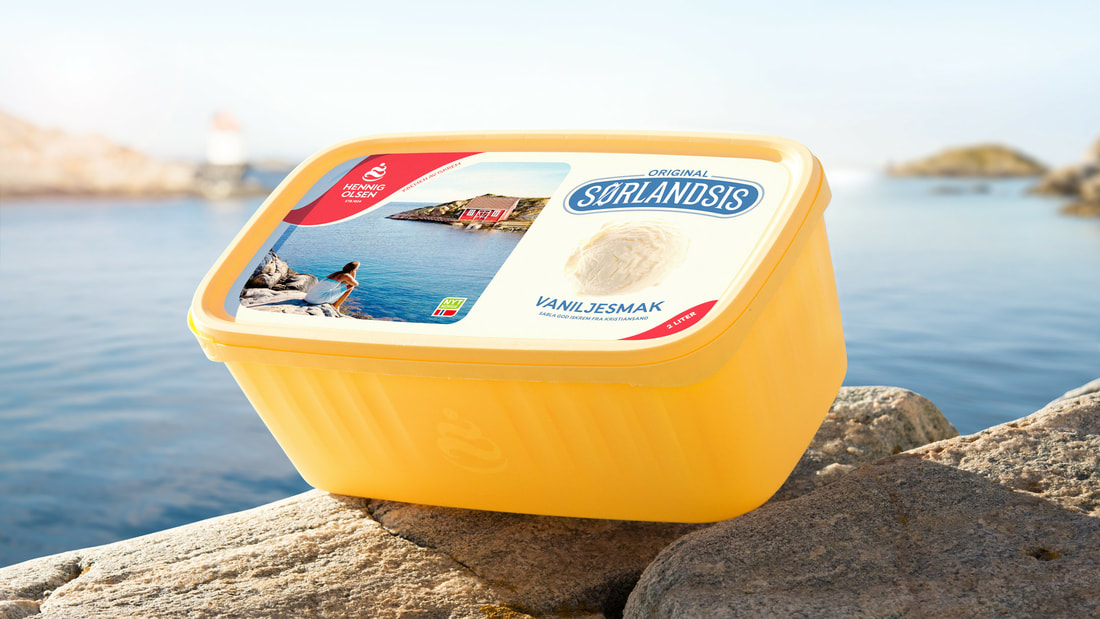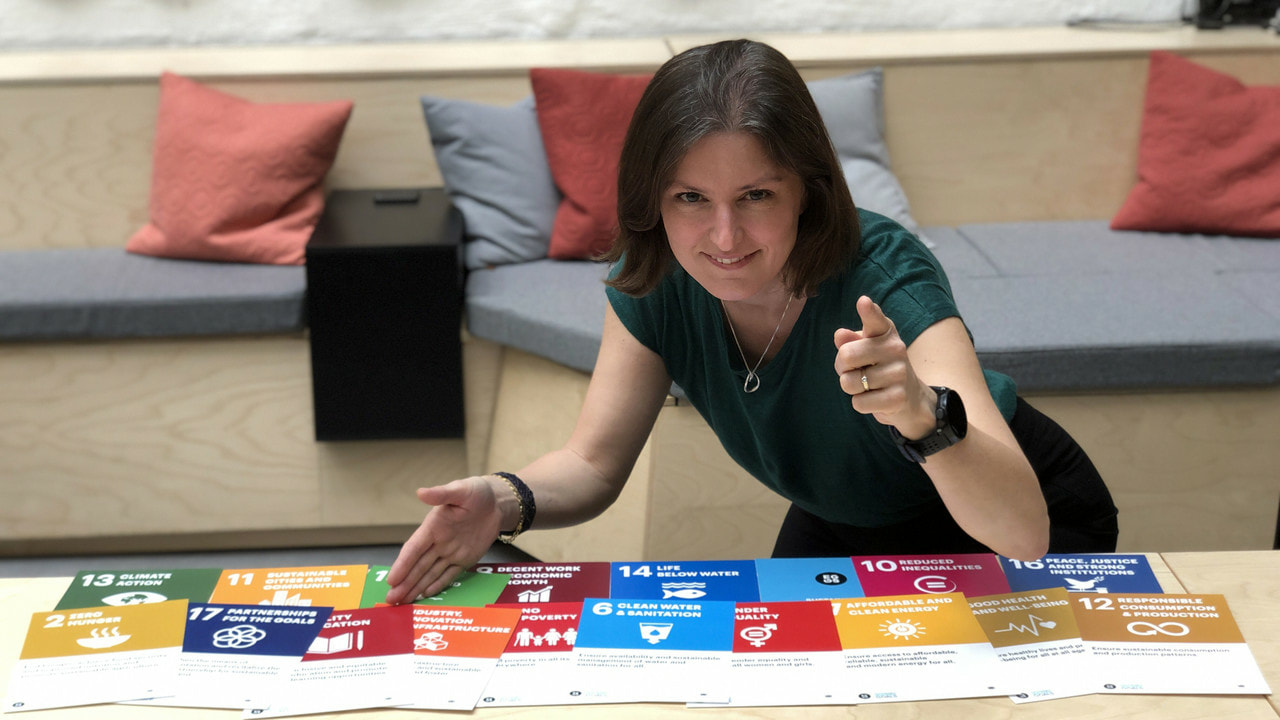|
Design has been and still is, a part of the problem when it comes to the state of our planet and lack of sustainability in business. Do you know that the choices made during the design phase of a product or service account for 80% of the sustainable impact of the solution during the solutions life cycle? It’s our responsibility to act As designers, we have a moral and ethical obligation to question the sustainable impact of the business offerings, products and services we craft. If the future of business and society is to be more sustainable, we as designers must step up and take responsibility for the products and services that we are involved in crafting. Waste and pollution are not accidents, but the consequences of decisions made at the design stage, where around 80% of environmental impacts are determined. - Ellen Macarthur Foundation Perfectly positioned to influence for a triple bottom line The beauty is that as designers we hold the key to a more sustainable future! As we are an active contributor during the innovation phase of a product or service life cycle, we are perfectly positioned to inform, inspire and support our clients in making choices that support a circular economy and are favourable for the triple bottom line; for business, people and the planet. We as designers must infuse our knowledge, our motivation and design-thinking skills using sustainability as a driver for innovation.  My colleagues in EGGS Design have contributed to the design of Loadsmart, a US-based tech company that offers full truckload shipping by connecting shippers with carriers through their online platform. Their efficient service has resulted in the reduction of empty miles (empty trucks) the equivalent of 700 000 tons of CO2 emissions annually. Moreover, the business is thriving! That's the triple bottom line for you. People-centric to design sustainable use-cycles Being user-centric at heart we can use design thinking to craft solutions that cater for sustainable use. We can craft solutions and systems that inform and empower people to live more sustainable lives, incorporating nudging to influence their behaviour to more often choosing the more sustainable option. Incorporating feedback on sustainable action will further encourage users on their quest for a more sustainable lifestyle.  Our friends in Ducky.Eco delivers a range of climate mitigation tools in the form of an app that educates and mobilise employees in organisations to take direct action on carbon targets. Based on world-leading climate and behavioural data, Ducky’s set of live climate competitions influence user-behaviour in realtime, providing immediate feedback for the users. Check it out. The tools to get you designing for a sustainable future Do you want to contribute to a more sustainable future through more sustainable business strategies? A good start can be to explore the free resources on The Circular Design Guide created by the Ellen Macarthur Foundation and IDEO. The resources will help you embed circular design thinking, enabling you to re-think value creation to develop more circular products, services and resilient, feedback-rich organisations. The excellent workshop material will get your conversation started. Remember, to contribute to a real longterm shift towards a better future you must integrate sustainability as a driver for innovation. Circular business strategies How can you find better ways to meet user needs that are also better for the planet, people and society? Download the 1-hour workshop material for Circular Strategies and reflect with your client how they can find different or better ways to meet user needs by applying a circular approach. Sustainability is not only good for business. It is good business Circular Ventures What about spending a couple of hours looking at the opportunities that lie between organisations? Collaboration in a new circular joint venture can be so much more impactful than for a business to be advancing on their own. Design a sustainable business from scratch! Materials fit for a circular economy Doing product design? Take your current design project and spend an hour or so assessing if the materials you have suggested are suitable for a circular economy. What more sustainable options can you recommend to your client? Help them make the right choices!  For Henning Olsen Is, my colleagues have designed their new ice-cream packaging. They’ve focused on reducing the material thickness and overall plastic usage and contributing to better logistics (reduce CO2 emission) by increasing the number of cartons on each Euro pallet by 30. Also, they've improved stacking in commercial freezers increasing the utilisation by 18% and enabling 10% more visible to customers. We can’t keep wasting resources. Products and materials must be kept in the economy. We can design some products and components so they can be reused, repaired, and remanufactured. However, making things last forever is not the only solution. When it comes to products like food or packaging, we should be able to get the materials back, so they don’t end up in a landfill. - Ellen MacArthur Foundation We’ve taken a stand on sustainability At my work, in EGGS Design we have taken a stand on sustainability. By 2022 our goal is to be able to document positive, sustainable effects for 80% of our projects. We don’t hold the answers to all the big questions, and we certainly have a long way to go. However, we have some directions that we know are right and some that we know are wrong. Taking action – a project at a time It's all about embracing the mindset and goals of a sustainable future, asking the questions, participating in the conversations, taking on projects and exploring the possibilities of designing for a better circular economy and a triple bottom line. One a step at a time. Please join us on this movement - Let’s craft lovable futures! Congratulations on the International Design Day on April 27! This article originally was published on the EGGS Design website. You can access it here.
3 Comments
|
WANT TO PUBLISH AN ARTICLE HERE?
Have a read at our Publishing Guidelines: NEWSLETTER
Subscribe to our newsletter to get the sustainability articles sent to you every month. EDITOR
Lauren Guido |
|
Follow Us
Contact Us
|
Want to learn more? |



